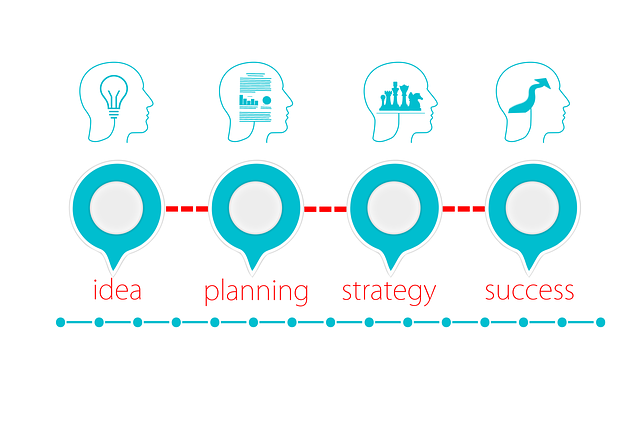In real estate, tracking key metrics like GOI, Cash Flow, Cap Rate, Occupancy Rates, NOI, and rental rates is crucial for investors, agents, and managers. Property management software and analytics platforms help monitor these metrics, providing data-driven insights to optimize marketing strategies, make informed decisions, and enhance performance in a competitive market. By analyzing sales volume, customer acquisition cost, and property turnover rate, professionals gain valuable market trends and client behavior insights, leading to enhanced operational efficiency and profitability. Regular monitoring and data visualization tools are best practices for successful decision-making.
In today’s competitive real estate market, tracking performance using key metrics is crucial for success. This article equips agents and investors with the knowledge they need to navigate this dynamic landscape. We explore essential metrics like sales volume, property appreciation rates, and market time, providing practical insights on what to track. Learn about implementing effective tracking systems, leveraging powerful tools, and analyzing data for informed decisions through compelling case studies and best practices tailored to real estate professionals.
Understanding Key Metrics in Real Estate: What to Track

In the dynamic world of real estate, understanding key metrics is essential for gauging performance and making informed decisions. These metrics serve as compass points guiding investors, agents, and property managers through the complex landscape of property value, occupancy rates, and operational efficiency. By tracking relevant figures such as Gross Operating Income (GOI), Cash Flow, and Cap Rate, professionals in the industry can navigate market trends, assess investment viability, and optimize property management strategies.
Among other metrics, tracking Occupancy Rates offers insights into a property’s desirability and market position while Net Operating Income (NOI) provides a clear picture of a property’s financial health by measuring income against expenses. Additionally, Analyzing Rental Rates per square foot helps in understanding competitive pricing dynamics. These key metrics collectively empower stakeholders in real estate to make strategic moves, adapt to changing markets, and ultimately achieve optimal returns on investment.
Implementing a Tracking System: Tools and Techniques

Implementing a tracking system in real estate involves utilizing tools and techniques that offer clear, data-driven insights into performance. Property management software, for instance, can help monitor key metrics such as occupancy rates, rental income, and maintenance costs over time. These platforms often provide customizable dashboards and reports, allowing agents and investors to quickly identify trends and areas for improvement.
Beyond software, leveraging analytics tools that analyze market data offers valuable insights into competitive pricing, sales trends, and demographic shifts. By integrating these data sources, real estate professionals can make informed decisions, optimize marketing strategies, and ultimately enhance overall performance.
Analyzing Data for Informed Decisions: Case Studies and Best Practices

In the competitive landscape of real estate, making data-driven decisions is crucial for success. Analyzing key metrics allows agents and investors to gain valuable insights into market trends, client behaviors, and property performance. Case studies from leading real estate firms demonstrate that leveraging data effectively can significantly enhance operational efficiency and profitability. For instance, a top-performing agency used advanced analytics to identify high-demand areas, enabling them to strategically allocate resources and increase their market share.
Best practices in data analysis include regular monitoring of key metrics such as sales volume, customer acquisition cost, and property turnover rate. By comparing these figures over time, professionals can identify trends, set realistic goals, and make informed adjustments to their strategies. Additionally, utilizing data visualization tools helps in presenting complex information in a digestible format, facilitating better decision-making among team members and stakeholders. This approach has proven successful in various real estate sectors, from residential sales to commercial rentals.






